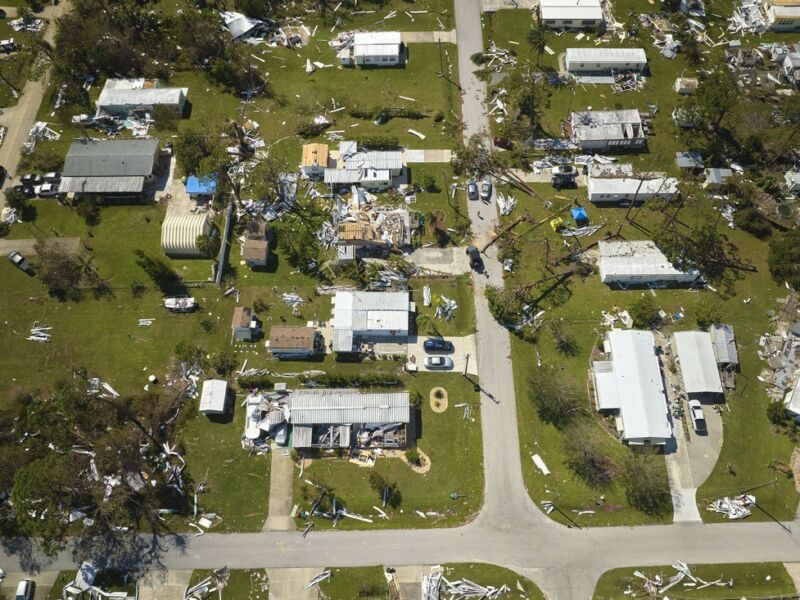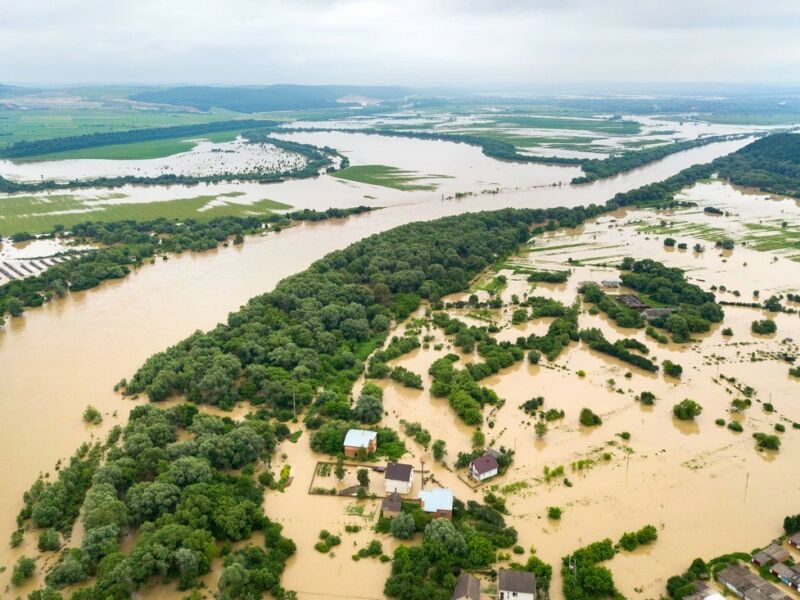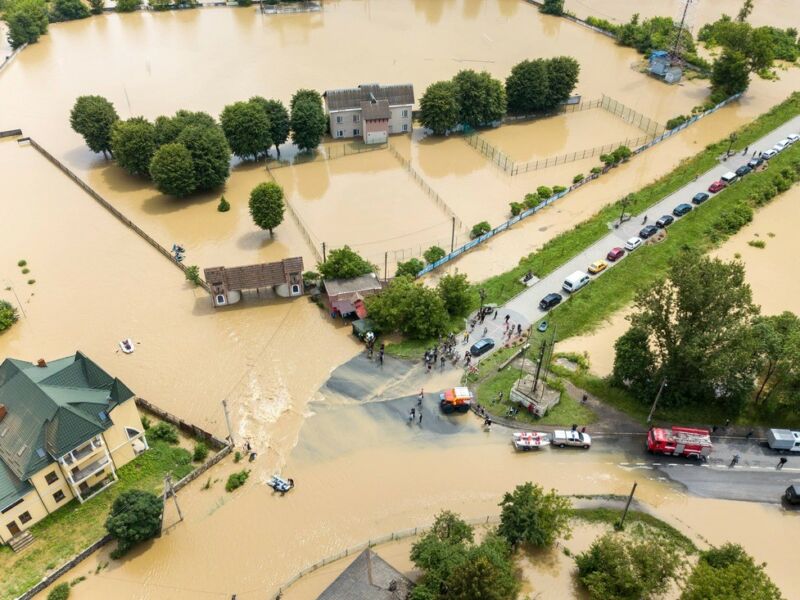
Introduction
Mold is a common problem that can occur in homes and buildings, causing not only structural damage but also posing health risks to occupants. The presence of mold can lead to various respiratory issues, allergies, and other health problems. That’s why it’s crucial to conduct mold testing and inspection to identify and address any mold issues promptly.
The Importance of Mold Testing and Inspection

Mold testing and inspection are essential for several reasons:
- Identifying Mold Growth: Mold can often go unnoticed, especially if it is hidden behind walls or in other concealed areas. Testing and inspection help identify hidden mold growth and determine the extent of the problem.
- Promoting Indoor Air Quality: Mold releases spores into the air, which can significantly impact indoor air quality. By testing and inspecting for mold, you can take steps to improve the air quality within your home or building.
- Preventing Health Risks: Exposure to mold can lead to various health issues, including respiratory problems, allergies, and even infections. Identifying and addressing mold growth through testing and inspection helps minimize the risk of these health problems.
- Determining the Source of Moisture: Mold needs moisture to grow, so identifying the source of the moisture is crucial in preventing future mold growth. Mold testing and inspection can help pinpoint the underlying cause of the moisture, such as leaks or inadequate ventilation.
- Protecting Property: Mold can cause significant damage to property, including structural deterioration, stained walls or ceilings, and unpleasant odor. By detecting and addressing mold growth early, you can prevent costly repairs and maintain the value of your property.
The Mold Testing and Inspection Process
The mold testing and inspection process typically involves the following steps:
1. Initial Assessment

A qualified mold inspector will visit your property to conduct an initial assessment. They will visually inspect areas prone to mold growth, such as basements, attics, bathrooms, and areas with water damage or high humidity levels.
2. Air Sampling
Air sampling is one of the most common methods used to test for mold. The inspector will collect air samples to measure the concentration of mold spores in the indoor environment. These samples are sent to a laboratory for analysis.
3. Surface Sampling
Surface sampling involves collecting samples from specific areas suspected of mold growth. The inspector may use swabs, tape lifts, or bulk sampling to gather samples from surfaces like walls, floors, or furniture. These samples are also analyzed in a laboratory to identify the type and concentration of mold present.
4. Moisture and Humidity Testing
Testing the moisture levels and humidity in your property is crucial in determining the conditions that promote mold growth. The inspector may use moisture meters and hygrometers to measure the moisture content of materials and the relative humidity in various areas.
5. Report and Recommendations
Once the analysis is completed, the mold inspector will provide a detailed report, including the findings, species of mold identified, and recommendations for remediation. If mold is detected, the report will outline the necessary steps to eliminate the mold and prevent further growth.
Health Risks Associated with Mold
Mold exposure can have significant health implications, particularly for individuals with pre-existing respiratory conditions or weakened immune systems. Some common health risks associated with mold include:
- Allergies: Mold spores can trigger allergic reactions, such as sneezing, coughing, nasal congestion, and skin rashes, in sensitized individuals.
- Asthma Exacerbation: Mold exposure can worsen asthma symptoms, leading to increased coughing, wheezing, chest tightness, and shortness of breath.
- Fungal Infections: Some types of mold can cause fungal infections, particularly in individuals with compromised immune systems.
- Toxic Effects: Certain molds produce mycotoxins, which can have toxic effects on humans when ingested, inhaled, or in contact with the skin.
Frequently Asked Questions (FAQ)
What are the signs of mold growth in a property?
How long does mold testing and inspection take?
Facts and Statistics about Mold and Disaster Restoration
- Deaths from natural disasters have seen a large decline over the past century, demonstrating the effectiveness of disaster restoration efforts.source
- Since 1980, the U.S. has experienced numerous billion-dollar weather and climate disaster events, with severe storms being one of the most costly types.source
- Between 2012 and 2022, tropical cyclones, severe storms, and droughts were among the costliest billion-dollar weather disasters in terms of financial impact.source
- In 2021 alone, there were 20 separate billion-dollar weather and climate disaster events in the United States.source
- Since 1980, the U.S. has experienced numerous weather and climate disasters, with severe thunderstorms, wildfires, floods, and tropical cyclones causing significant damage.source
It is crucial to address mold issues promptly through professional mold remediation services. For expert mold removal and restoration services, JGW Group Water Damage Restoration Las Vegas is the trusted name in the industry. Contact us at 725-240-0640 for immediate assistance.



